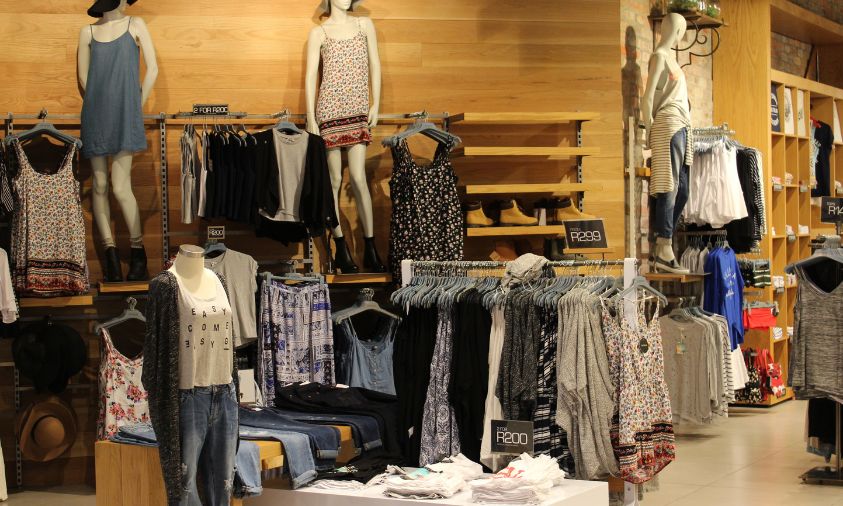Addicted to constantly shopping for new, cheap clothes to try out new styles or keep up with the latest trends? Do you spend most of the time on mobiles checking out fashion influencers or shopping online to stay in vogue? Are most of the clothes in your wardrobe only worn less than 7 times?
If you’re a victim of the scenarios mentioned above then you are in the trap of fast fashion. In simple terms, fast fashion is when fashion brands create new styles rapidly and mass-produce and sell new clothes quickly at low prices, instead of refilling their sold-out stock so that our older clothes become outdated and make us shop constantly for cheap, new and trendy clothes. People throw away their old clothes as they keep buying new clothes to keep up with the dynamic fashion or since they are torn due to poor quality owing to rapid and low-cost production. Therefore, they end up in landfills.
“According to the Indian Textile Journal, it is estimated that more than 1 million tonnes of textiles are thrown away every year. 70 % of the garments manufactured either end up in landfills where textile waste can take more than 200 years to degrade or is incinerated. While up to 95 % of the textiles that are landfilled each year could be recycled, only less than 1 % of the fibre is reused to make new clothes”, states an NDTV report. The fashion industry has taken its toll on the environment. Firstly, to meet rising demands for items, fast fashion brands have resorted to using more synthetic materials which break down into microplastics that can enter the blood/brain barrier and have even been found in a child’s placenta, not to mention the food and textile-based microplastics make up between 20% and 35% of the microplastics choking the oceans.
Furthermore, the fashion industry is responsible for 10 % of annual global carbon emissions and every year the industry consumes anywhere from 20 trillion to 200 trillion litres of water. The effects can also be seen in water bodies filled with dyes and foam due to the several chemicals used. These clothes are produced in developing countries and in the locality of the textile production even drinking water is contaminated, exposing the residents to hepatitis, cholera and other skin conditions that can sometimes be fatal. Moreover, the production labour of these countries is often paid low wages and is overworked with only 2% of workers actually earning a livable wage, reports Entrepreneur.
The popular solutions for these might be sustainable clothing, made out of cotton or recycled clothing but both aren’t really effective. It takes 2,700 litres of water to make the average cotton t-shirt and that’s enough drinking water for one person for 900 days, states Florida State University and not to mention the amount of pesticides used for it. An alternative for this is organic cotton which uses less water and zero pesticides or other sustainable fabrics such as hemp. Recycling clothes might not be as easy as paper or plastic recycling. One clothing is made up of different materials, the cloth, the buttons and zips and many more and adding onto these is colour. It takes a lot of time and effort to sort garments by colour, material and style and even if recycled clothes are made, they would cost more and so will not be brought easily.
To conclude, it’s our overconsumption and production. There must be a system where clothes are made to last encouraging reuse and developing technology that can aid in sustainable manufacturing, especially recycling. We must wear each garment at least thirty times to reduce the environmental impact as per the #30WearsChallenge. To add upon is not just about the environmental impact of fast fashion. Your cheap clothing holds behind the blood, sweat and tears of many marginalised workers who are below poverty levels and are not provided with human rights. We must demand brands to be more transparent and the government needs to pass strict legislation to protect the workers’ rights. Finally, as Bea Johnson said, “refuse what you do not need; reduce what you do need; reuse what you consume; recycle what you cannot refuse, reduce, or reuse.” We must reduce our consumption because businesses produce based on consumers so make the right decisions as consumers and shop wisely.

